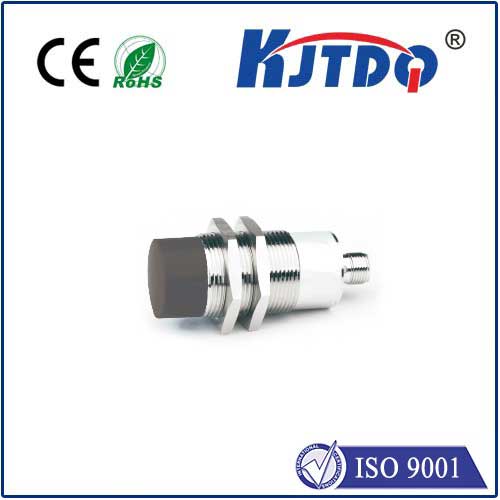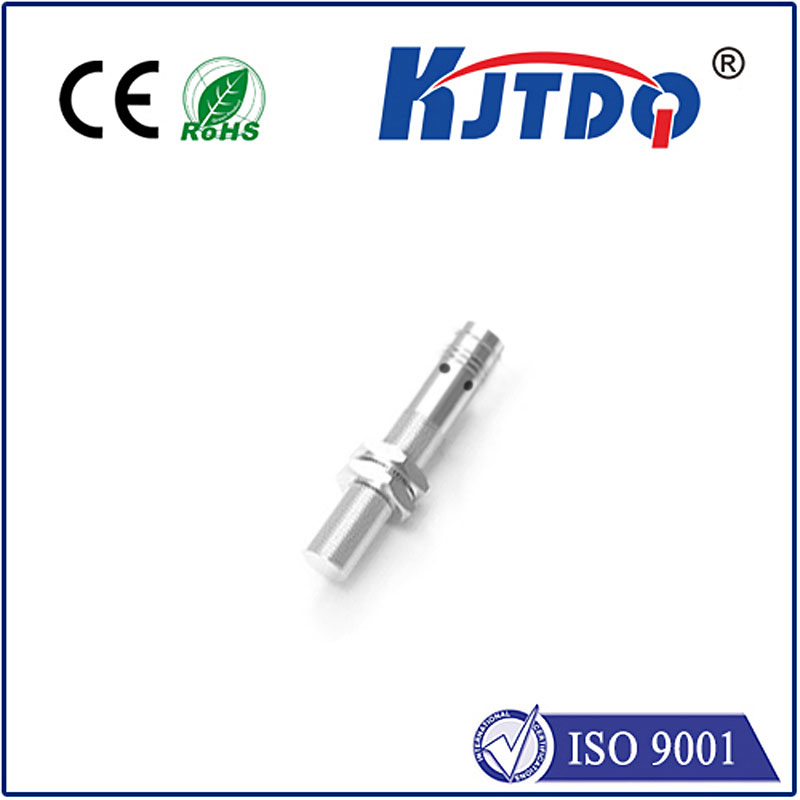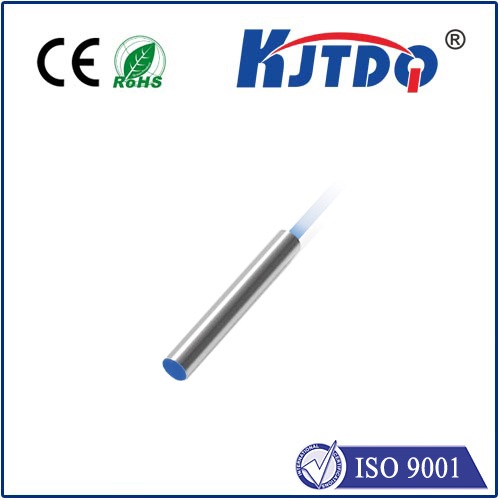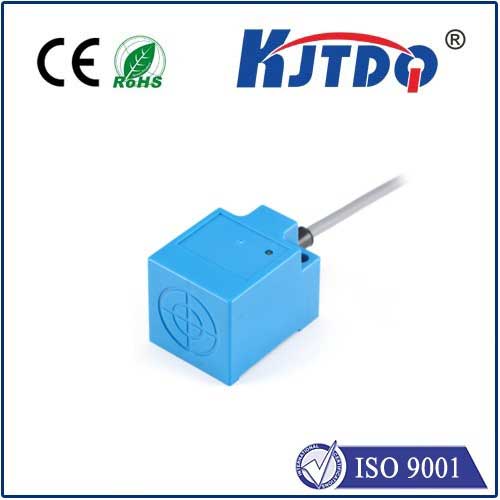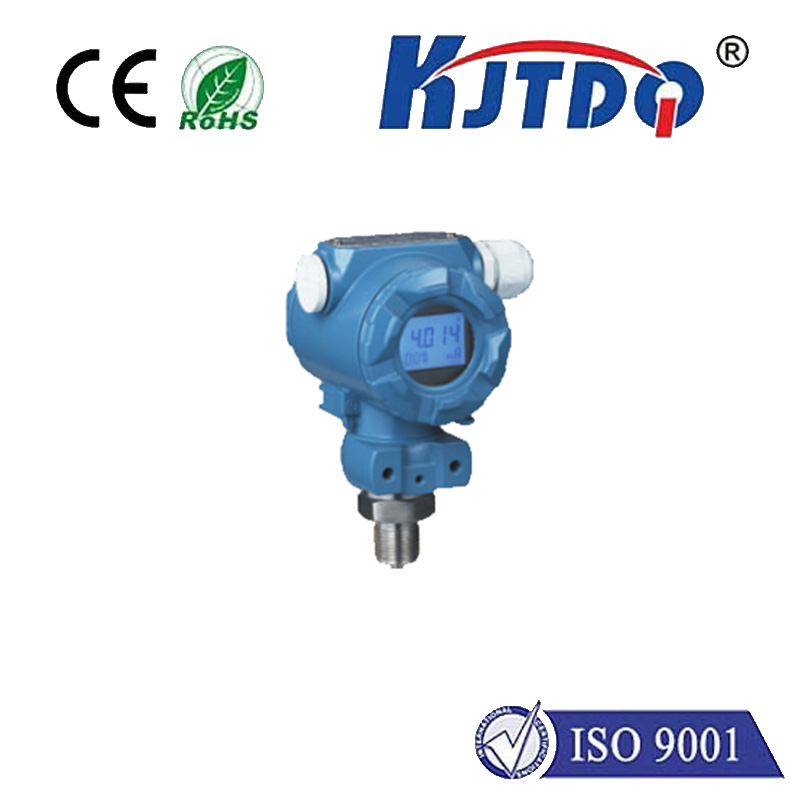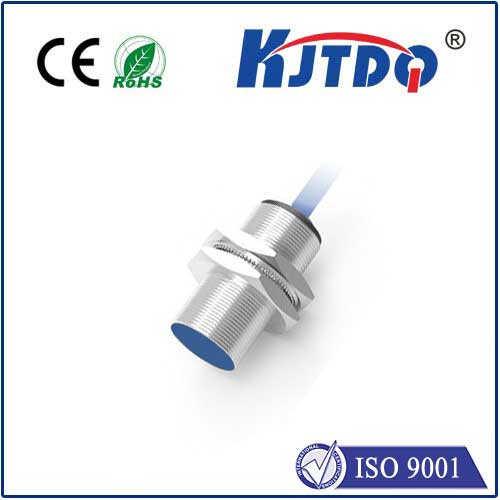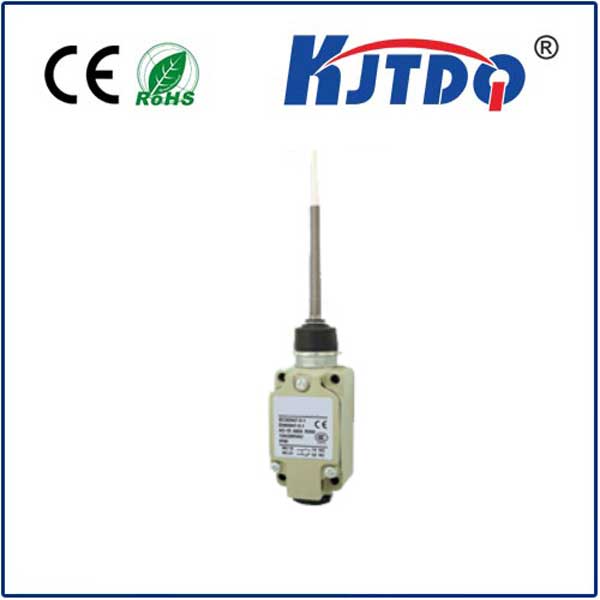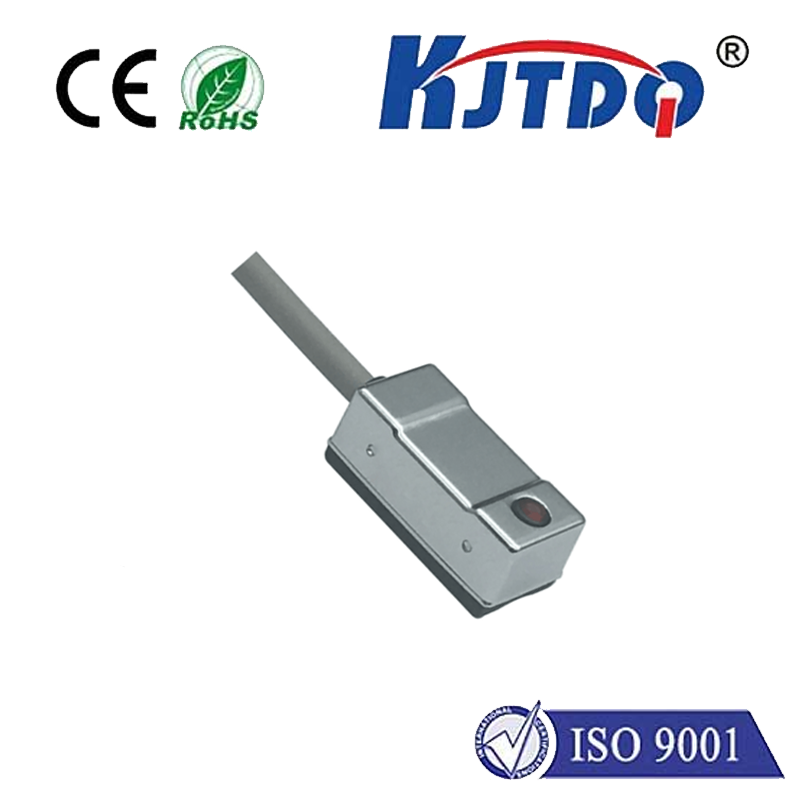

check

check

check

check

check

check

check

check

check

check

In the world of manufacturing, measurement is critical. It ensures that products are made to the correct specifications and tolerances, which is essential for their functionality and safety. One tool that has become increasingly important in this process is the measurement laser sensor. In this article, we will explore what these sensors are, how they work, and why they are so important in modern manufacturing. What is a Measurement Laser Sensor? A measurement laser sensor is a device that uses lasers to measure physical quantities such as distance, velocity, or vibration. They work by emitting a beam of light that reflects off the target object and returns to the sensor. The time it takes for the light to bounce back is then used to calculate the distance between the sensor and the object. This information can be used to monitor and control various processes in real-time. How do Measurement Laser Sensors Work? Measurement laser sensors work by emitting a focused beam of light onto an object. The light reflects off the surface of the object and is detected by the sensor’s receiver. By measuring the time it takes for the light to travel to the object and back, the sensor can determine the distance between itself and the object. This information can then be used to adjust machinery settings or trigger alarms if certain thresholds are exceeded. Why are Measurement Laser Sensors Important in Modern Manufacturing? Measurement laser sensors offer several advantages over traditional measurement methods. Firstly, they provide highly accurate measurements, with errors typically less than 0.1 mm. Secondly, they are non-contact devices, which means they do not physically touch the objects being measured. This reduces wear and tear on both the sensor and the object being measured. Finally, measurement laser sensors are extremely versatile and can be used in a wide range of applications, from automotive manufacturing to food processing. Conclusion In conclusion, measurement laser sensors have revolutionized the way we measure physical quantities in modern manufacturing. Their ability to provide highly accurate, non-contact measurements makes them ideal for use in a variety of industries. As technology continues to advance, we can expect these sensors to play an even greater role in improving efficiency and quality in生产制造
